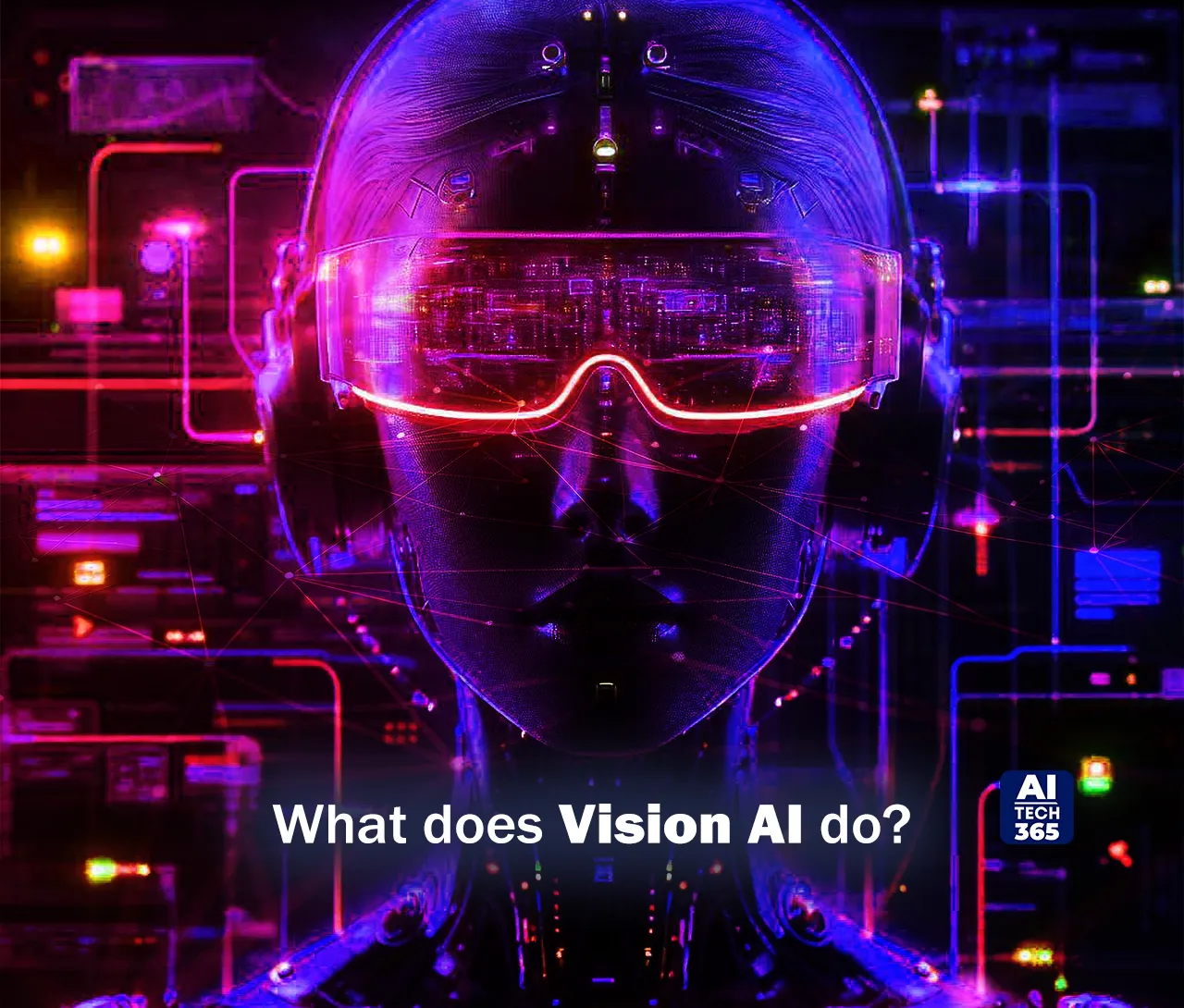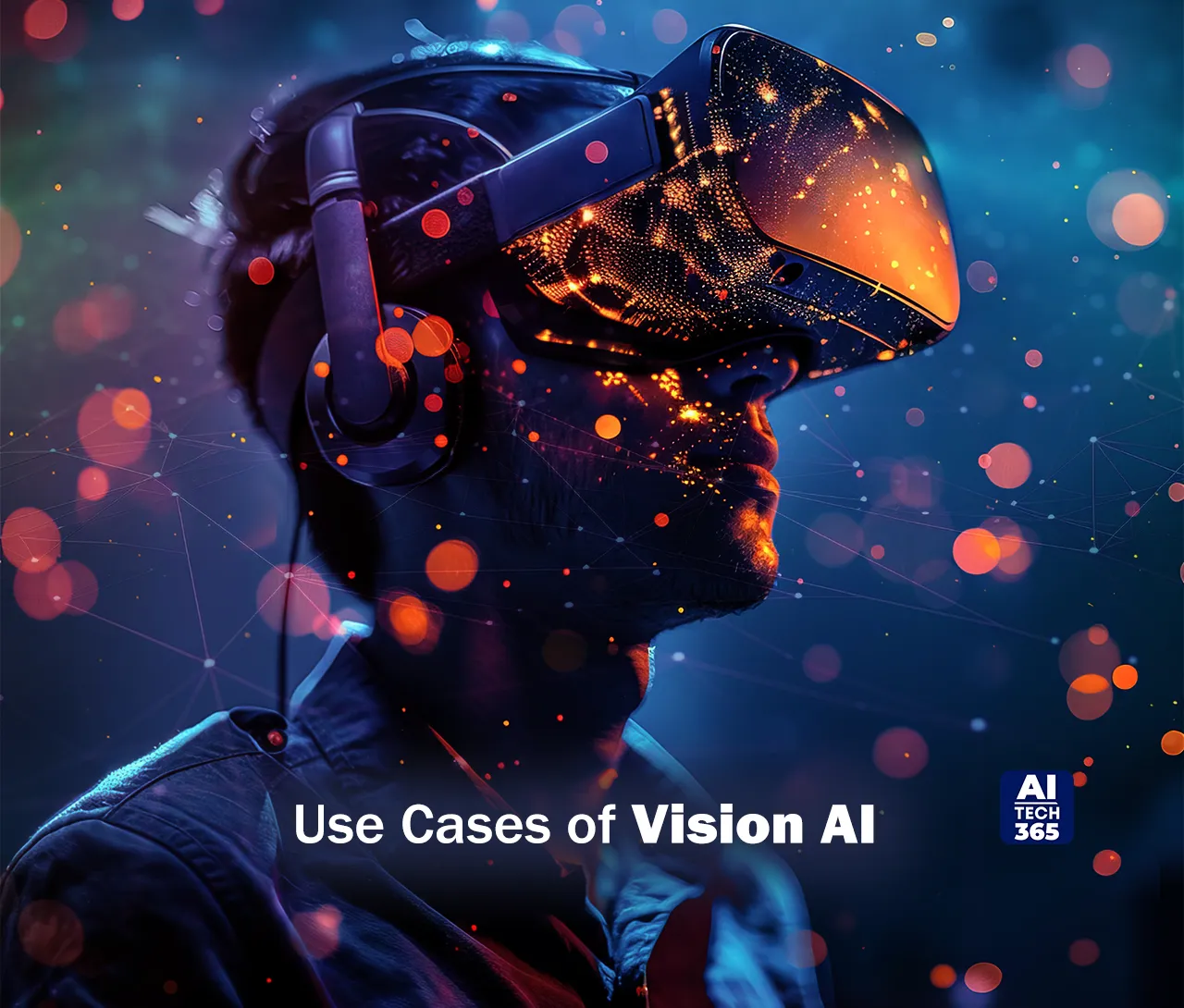With the advent of artificial intelligence, aka AI, we all know how these tools can create visuals, read scripts, come up with flowcharts, etc. But have you ever wondered how these are possible?
The answer is visual AI. In layman’s terms, it is a discipline of science that teaches computers to learn and understand images, visual data, and more. So, how do you teach machines to come up with stunning visuals? Is it even necessary? Statista states that the image recognition industry is forecasted to reach $13.72 billion by the end of 2024.
We know visual AI generator tools like ChatGPT, MidJourney, Kroma, Uizard, and more can create attractive visuals. This article explains exactly how these tools can do so.
What Is Visual AI?
The amazing technology known as visual artificial intelligence, or visual AI, enables computers to comprehend and make sense of visual data, including photographs and movies. It functions similarly to the way that the human brain interprets images.
This technology allows self-driving cars to maneuver through congested streets, allows your smartphone to recognize and unlock itself, and even helps doctors diagnose illnesses by studying medical photos.
Essentially, visual AI gives machines the power of superhuman vision. It’s like transforming your computer into a visual superhero that can instantly analyze, comprehend, and take action based on what it sees.
By combining system and user prompts, this approach aims to improve the assistant’s ability to transform the text into a more natural and human-like version while maintaining the original content’s accuracy and purpose.
What does Vision AI do?
The applications of vision AI are super diverse and have a wide range of uses. It is capable of a plethora of amazing tasks, like object recognition, text scanning in stores, processing visual material, image classification, product search, content moderation, personalized image searches on e-commerce websites, and much more. It is employed in business, entertainment, transportation, healthcare, and even day-to-day activities, thus it is not just confined to a single sector.
Here’s the thing, though: these artificial intelligence technologies train robots to recognize and classify particular things in photographs using deep learning and neural networks.
It’s as if kids have superpowers that allow them to identify patterns, gather data, and draw conclusions from what they observe. What’s the best thing, then? In terms of visual data processing, they outperform humans in terms of speed and accuracy.
Also Read: Intelligent Document Processing: A Beginner’s Guide for 2024
Use Cases of Visual AI
Let’s dive into some of these sectors making a big impact.
Healthcare
In the healthcare field, visual artificial intelligence is like having a super-skilled diagnostician with eagle eyes. Medical professionals now use these visual tools to analyze radiology images like X-rays, MRIs, and CT scans with exceptional precision.
It helps spot anomalies, tumors, and other medical conditions quickly and accurately. But visual AI doesn’t stop at diagnostics; it also plays a role in robotic surgery, helping surgeons with pinpoint accuracy, and even in developing telemedicine applications. It’s pretty amazing how AI works in healthcare, for example AI in EHR!
Education
Visual artificial intelligence is like having an extremely talented diagnostician with keen eyes in the healthcare industry. These days, doctors can accurately evaluate radiology pictures such as MRIs, CT scans, and X-rays with the use of these visual aids.
It aids in the rapid and accurate detection of abnormalities, cancers, and other medical disorders. However, visual AI is not limited to diagnosis; it also contributes to robotic surgery, providing surgeons with extremely precise guidance, and even to the development of telemedicine applications. The application of AI in healthcare is quite remarkable!
Security and Surveillance
Artificial intelligence has emerged as a useful instrument for security and surveillance systems, acting as a virtual monitor. Visual artificial intelligence enhances security protocols through multiple means, such as identifying faces at airports and identifying suspicious conduct in public spaces.
In only a few minutes, it can efficiently sift through hours’ worth of surveillance footage, making it a vital resource for law enforcement conducting post-event investigations.
Sports and Entertainment
Essentially, visual AI is the ultimate highlight reel maker in the sports and entertainment industries. For video creators, it can automatically create captivating snippets from hours of recorded footage, saving them valuable time.
It also increases fan engagement and enhances the viewing experience by providing player tracking data, fast replay analysis, and augmented reality experiences.
These technologies are becoming more and more popular across a range of industries, proving the extent of their applications and the increased productivity and innovation they provide.
End Point
Visual AI has the potential to completely transform a wide range of industries, including consumer electronics, healthcare, and education. These AI tools will accelerate the adoption of autonomous vehicles and smart devices, improve diagnostic accuracy, and tailor learning experiences as technology progresses.
It also promotes innovative teamwork, supports environmental preservation, and enhances accessibility for people with impairments. But it will be imperative to address moral issues like algorithmic prejudice and privacy. With seemingly endless potential, visual artificial intelligence promises to revolutionize our way of living, working, and interacting with the outside world.


